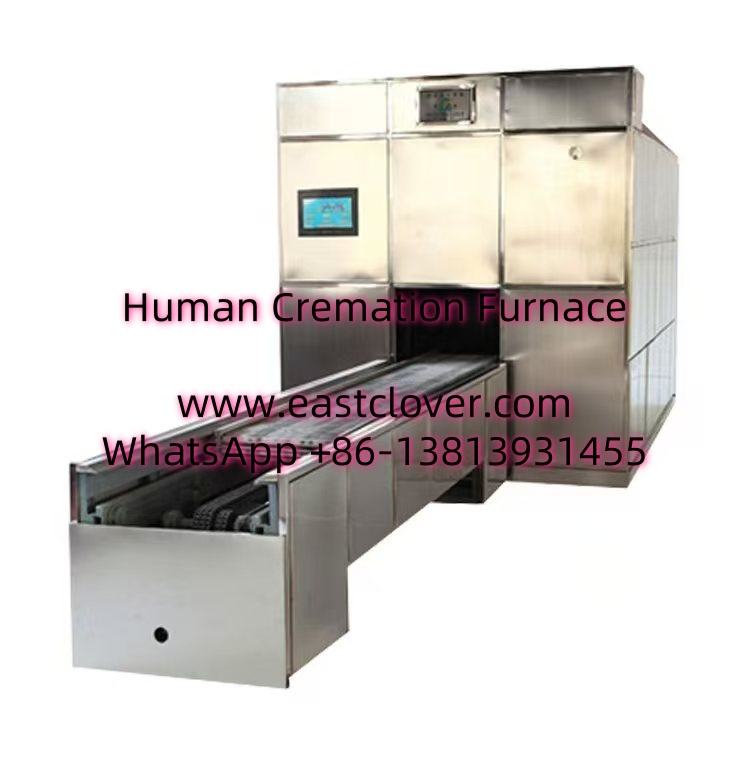Introduction
Cremation has become an increasingly common choice for end-of-life services, driven by factors such as environmental concerns, cost, and shifting cultural preferences. However, the process relies on high-temperature furnaces that operate under extreme conditions, posing significant safety risks if malfunctions occur. Ensuring the safety of crematorium staff, visitors, and surrounding environments requires robust emergency response systems tailored to address furnace-related hazards. This news explores the evolution of cremation furnace safety mechanisms, focusing on next-generation emergency response technologies designed to mitigate risks and enhance operational reliability.
Risks Associated with Cremation Furnaces
Cremation furnaces operate at temperatures exceeding 1,400°F (760°C), using fuels like natural gas or propane to sustain combustion. Key risks include:
- Overheating: Mechanical failures or fuel supply issues can lead to uncontrolled temperature spikes, damaging equipment and risking structural fires.
- Toxic Emissions: Incomplete combustion may release harmful gases like carbon monoxide or particulate matter.
- Pressure Build-Up: Malfunctioning exhaust systems can cause dangerous pressure levels within the furnace chamber.
- Human Error: Improper loading or maintenance can trigger accidents.
Historical incidents, such as furnace explosions or gas leaks, underscore the need for advanced safety protocols.
Components of Modern Emergency Response Systems
Next-gen systems integrate hardware and software to detect, respond to, and prevent emergencies:
- Multi-Sensor Detection: Thermal sensors, gas detectors, and pressure monitors provide real-time data on furnace conditions.
- Automated Shutdown Protocols: Systems can halt fuel supply, activate cooling mechanisms, or trigger alarms if thresholds are breached.
- Ventilation Overrides: Emergency exhaust systems expel toxic gases and reduce heat buildup.
- Remote Monitoring: Cloud-based platforms enable off-site oversight and rapid intervention.
Next-Generation Technologies Enhancing Safety
Innovations are transforming crematorium safety:
- IoT Integration: Smart sensors transmit data to centralized dashboards, enabling predictive maintenance and anomaly detection.
- AI-Driven Analytics: Machine learning algorithms analyze historical data to predict failures before they occur.
- Redundant Safety Layers: Backup systems for power, fuel cutoff, and ventilation ensure continuity during primary system failures.
- Augmented Reality (AR) Training: Staff use AR simulations to practice emergency responses in virtual environments.
Implementation Challenges and Best Practices
Adopting advanced systems requires addressing:
- Cost: High upfront investment for technology upgrades.
- Training: Staff must be proficient in operating new systems.
- Regulatory Compliance: Meeting local and international safety standards (e.g., EPA, ISO).
Best practices include phased implementation, partnerships with technology providers, and regular safety audits.
www.southclover.com
As cremation rates rise globally, ensuring furnace safety is paramount. Next-generation emergency response systems leverage IoT, AI, and automation to address risks proactively, reducing the likelihood of accidents and enhancing operational efficiency. By investing in these technologies and prioritizing staff training, crematoriums can uphold safety standards while maintaining public trust.
Frequently Asked Questions (FAQs)
How do emergency systems prevent furnace overheating?
Thermal sensors detect abnormal temperature rises, triggering automated shutdowns and activating cooling mechanisms to stabilize the furnace.
Are these systems cost-effective for small crematoriums?
Modular solutions allow scalable implementation, and long-term risk reduction often justifies initial costs.
What role does AI play in furnace safety?
AI analyzes operational data to predict equipment wear, optimize maintenance schedules, and identify potential failures.
Do these systems comply with environmental regulations?
Yes, modern systems are designed to meet emissions standards and include features like scrubbers to filter toxic gases.
What are the signs of a furnace malfunction?
Unusual noises, erratic temperature fluctuations, or alarm triggers from monitoring systems indicate potential issues.

Comments are closed